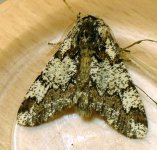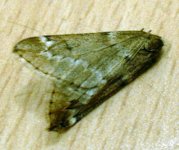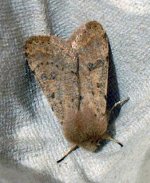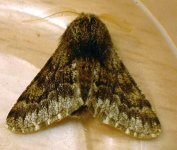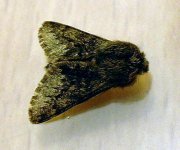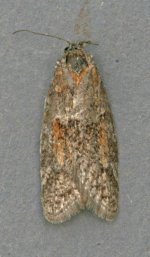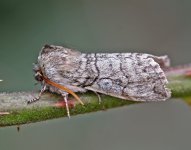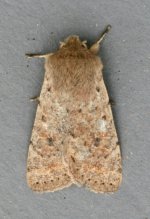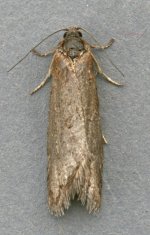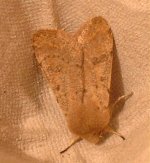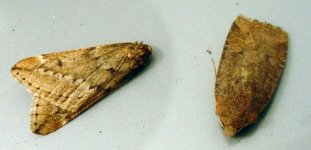Surreybirder
Ken Noble
I put the trap on until 10 pm last night (when temp about 5 deg C) and actually caught 13 moths--the first for about 3 weeks.
As far as I can tell I had:
3 The Satellite
1 Common quaker
1 clouded drab
2 oak beauty
3 March moth
3 small brindled beauty.
+ Phyllonorycter leucographella in our pyracantha bush (though nothing like as many as last year).
The 'small brindled beauties' were quite variable in size but I don't think any of them were brindled beauties.
I'll attach a couple of pix.
Ken
As far as I can tell I had:
3 The Satellite
1 Common quaker
1 clouded drab
2 oak beauty
3 March moth
3 small brindled beauty.
+ Phyllonorycter leucographella in our pyracantha bush (though nothing like as many as last year).
The 'small brindled beauties' were quite variable in size but I don't think any of them were brindled beauties.
I'll attach a couple of pix.
Ken




